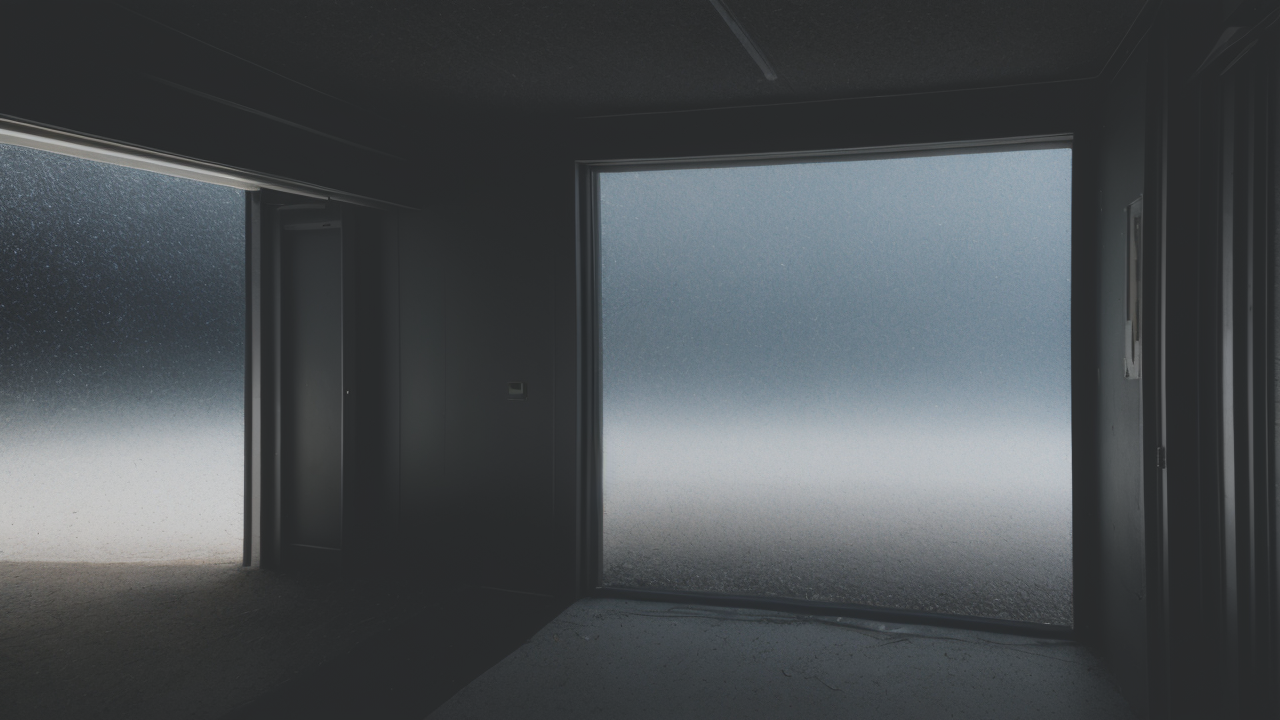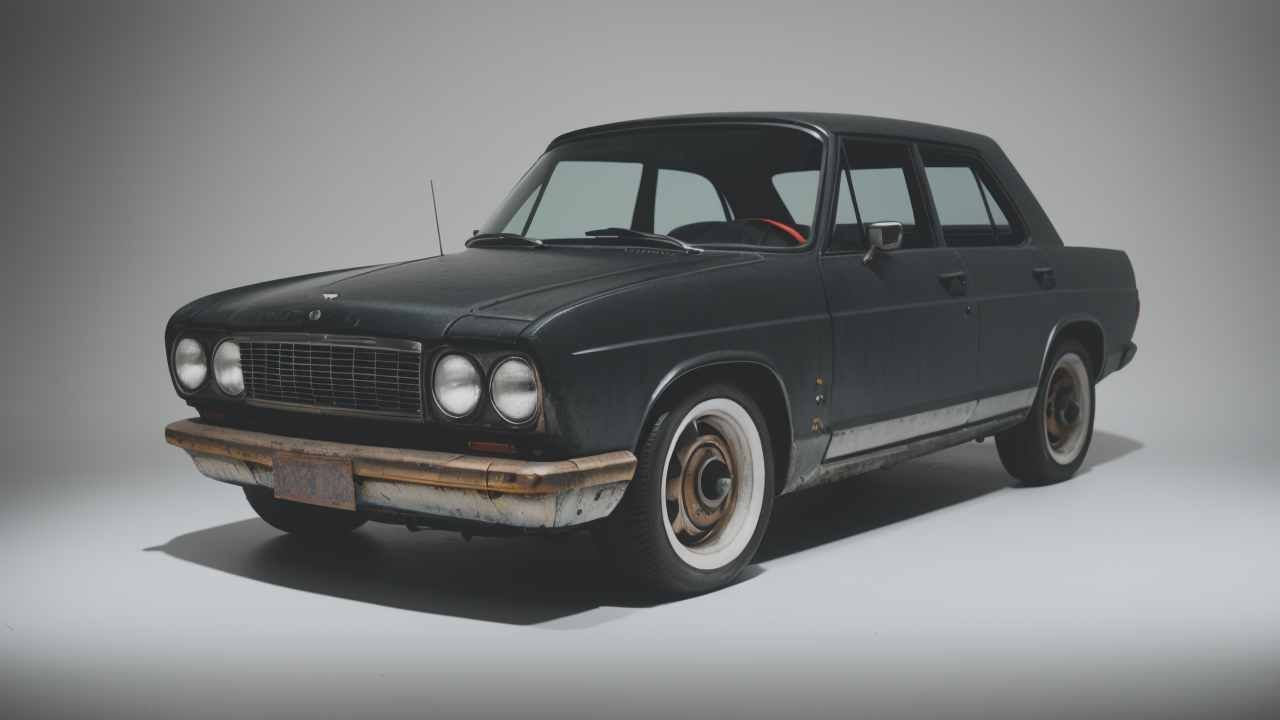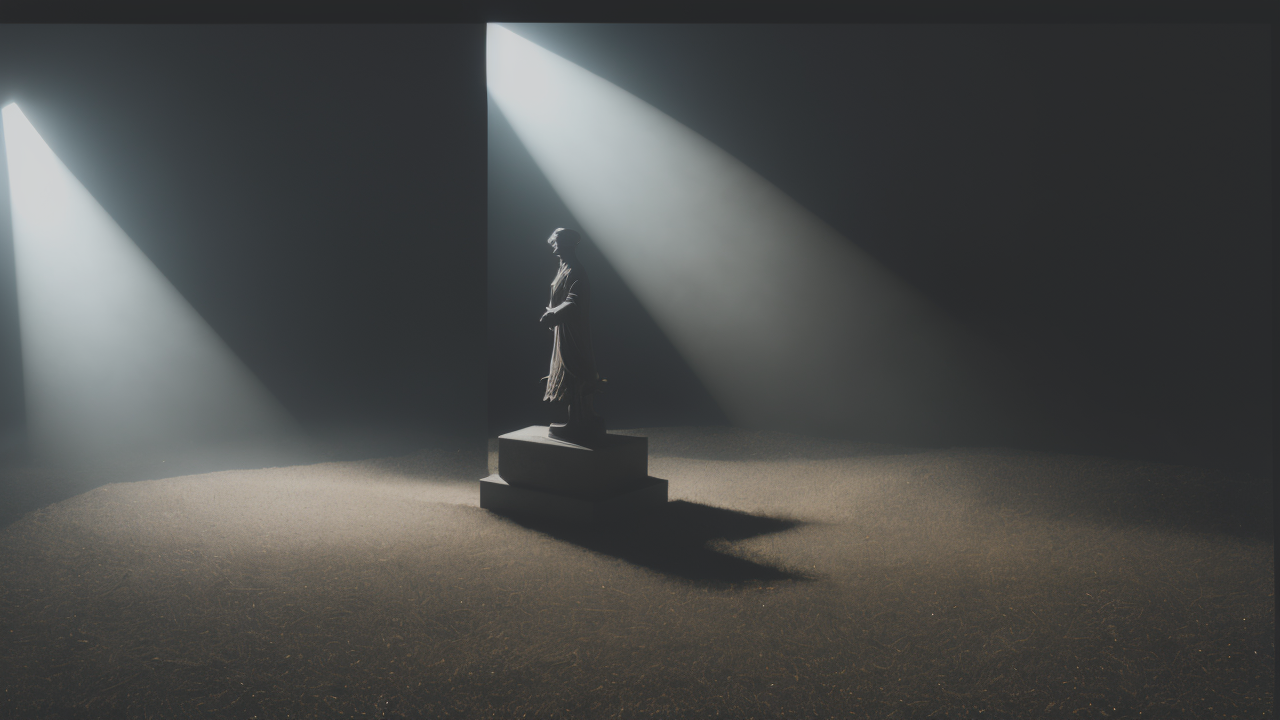
From Canvas to Sculpture: Innovative Approaches to Colorful Artpieces in US Galleries
The Rise of Textured Art in the United States: From Modernism to Pop Culture
The Historical Context of Art Texturing Techniques
Art texturing techniques have a rich history in American art. They emerged during the early 20th century modernist movement. Artists began to experiment with new materials and methods. They wanted to create more engaging and tactile works. This shift marked a change from smooth, traditional sculptures. Artists started using unconventional materials like fabric and found objects. They embraced rough surfaces and irregular forms. This new approach challenged viewers to rethink art. It laid the groundwork for the bold textures of Pop Art sculpture. The use of texture added depth and interest to artworks. It allowed artists to express ideas in new ways.

Pop Art Pioneers and Their Influence on Sculpture Trends
Pop Art emerged in the 1950s and 1960s. It was a reaction to abstract expressionism. Artists like Andy Warhol and Roy Lichtenstein led the way. They drew inspiration from popular culture and everyday objects. In sculpture, this led to bold, textured creations. Artists used materials like plastic, chrome, and fabric. They made larger-than-life versions of common items. These works often had exaggerated textures. This approach made familiar objects seem new and strange. It made viewers think about consumer goods in society. Pop Art sculptors bridged high art and popular culture. They brought everyday items into galleries and museums.
Technological Advancements in Sculptural Materials
The rise of Pop Art coincided with technological progress. New materials became available to artists. These included plastics, resins, and synthetic fabrics. Artists could now create sculptures with unique textures. They experimented with lightweight, durable materials. This allowed for larger, more ambitious works. Some artists added moving parts or lights. Others used industrial processes to create repeatable forms. These advances expanded the possibilities for texture in sculpture. Artists could push the boundaries of 3D art. New materials allowed for more complex and intricate designs. They opened up new ways to express ideas through texture and form.
Analyzing Key American Artists' Innovations in Textured Sculpture
The Impact of Roy Lichtenstein's Sculpture on Modern Art
Roy Lichtenstein is known for his pop art paintings. But his sculptures were also innovative. He brought his comic book style into three dimensions. Lichtenstein used materials like painted bronze and steel. He made sculptures that looked like big brush strokes or speech bubbles. These works played with texture in a unique way. They made flat, graphic elements seem solid. Lichtenstein's sculptures blurred the line between 2D and 3D art. They influenced many later artists. His work showed how pop art ideas could work in sculpture. He brought new textures and forms to the art world.

How John Chamberlain Redefined Sculpture with Texture
John Chamberlain changed sculpture with his use of crushed car parts. He found beauty in twisted metal and peeling paint. Chamberlain's sculptures were chaotic mixes of color and texture. He welded pieces together in seemingly random ways. The result was abstract forms with rich surfaces. His work celebrated the physical nature of his materials. It embraced imperfections and accidents. Chamberlain's approach to texture was raw and industrial. It was very different from smooth, traditional sculpture. His work paved the way for more expressive 3D art. He showed that beauty could be found in unexpected places.
The Role of Art Texturing in the Works of Claes Oldenburg
Claes Oldenburg is famous for his big sculptures of everyday objects. He often used soft materials like vinyl and fabric. This let him create sculptures with unique textures. Oldenburg's works were often droopy or inflated versions of familiar items. He made giant hamburgers, soft toilets, and floppy plugs. The unexpected textures of these works were key to their impact. They made hard objects seem soft and bendable. This playful approach challenged what viewers expected. It made them think again about common objects. Oldenburg's work showed how texture could change a sculpture's meaning. He brought humor and surprise to the art world.
The Future of Textured Art in the Marketplace
Predicting Trends in Sculptural Art Texturing
The future of textured art in sculpture looks exciting. Artists will likely keep pushing boundaries. We may see more technology in sculptural works. This could include interactive textures or smart materials. There's growing interest in eco-friendly materials. Artists might explore textures made from recycled or natural substances. 3D printing is opening up new possibilities for complex textures. It allows for detailed designs that were hard to make by hand. As our world becomes more digital, people may value tactile art more. Texture could become even more important in sculpture.

The Importance of Sculpture Texturing in Digital Art
Digital art is growing, but texture is still crucial. Many digital sculptors try to recreate physical textures. They use advanced software to simulate different materials. This blends traditional and modern techniques. Virtual and augmented reality offer new ways to experience textured art. Viewers can now interact with digital sculptures in immersive spaces. Some artists are turning physical textures into digital ones. Others are creating new textures that only exist digitally. The line between physical and digital sculpture is blurring. Texture remains a key element in both worlds.
Collectible and Investable Perspectives on Textured Sculpture
Textured sculptures are becoming more valuable in the art market. Collectors like the unique qualities of these works. They often find them more engaging than smooth pieces. The tactile nature of textured sculpture adds appeal. It creates a more immersive viewing experience. From an investment view, innovative textured works can be smart choices. They often represent important art movements or advances. As materials age, textures can change, adding to the work's history and value. However, preserving some textured pieces can be challenging. This can make them rarer and more valuable over time.


